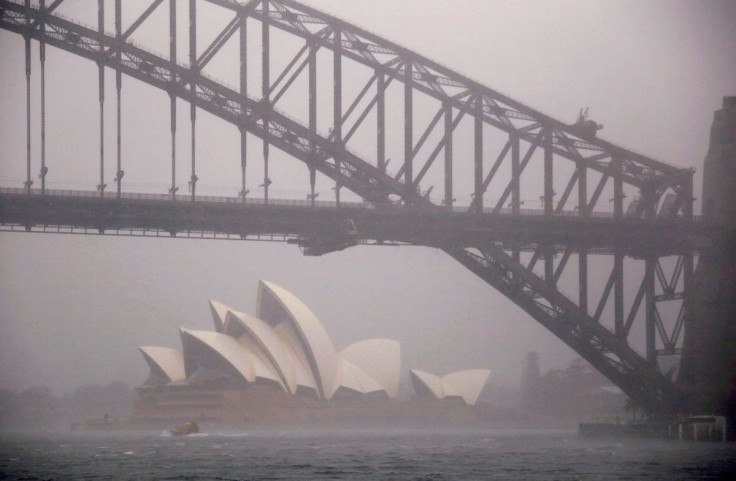Labour Shortage Forces Australia To Rethink Immigrant Rules

Australia, like most western countries, benefits from immigration. The Pacific Ocean nation is now trying to repeat its post-World War II experiment when Australia rapidly increased its immigrant population.
Australia is in the severe grip of a chronic labour shortage and some of them include critical services like that of doctors, nurses, teachers and engineers.
Job vacancies jumped 40 percent in 12 months in the country after its economy flourished following the end of coronavirus restrictions in July this year.
The world's sixth-largest country is finding it hard to get suitable hands to post the 3.25 percent growth this year as predicted by the Reserve Bank of Australia.
As the staff crunch started to bite the economy, Australian home minister Clare O'Neil declared a global war for talent last month in an effort to address the crippling labor shortage.
The labor shortage has made Australia the second-worst after Canada among the OECD group of advanced economies.
Many businesses in the country are unable to find staff as wage growth has reached its highest level in almost a decade.
Two-year strict border control and an exodus of holiday workers and foreign students have left Australia struggling to keep its businesses going.
The labor squeeze in the nation comes as demand for skilled labor intensifies worldwide in the post-COVID economy.
Industrialized nations like the U.S. and EU are looking to loosen immigration rules to attract talents with lucrative offers.
Australia's neighbor New Zealand is making temporary changes to immigration rules to fill its labor paucity.
A report by McKinsey last month said one in five nurses plan to leave their role within a year in Australia, motivated by better pay elsewhere.
In a report, the Committee for Economic Development of Australia (CEDA) said the country is facing a cumulative loss of more than 600,000 people due to the pandemic.
The COVID restrictions prevented overseas workers from setting foot in Australia, and better-paying jobs have deterred the locals from toiling in the sun.
When the Labor Party government came to power in May there was a backlog of one million visa applications due to Australia's notorious and laborious visa regime that includes absurdly high fees, whereas Canada, a direct competitor to Australia, has doubled the immigration intake and its visa fees are considerably less.
On Sept. 9, Trade and Tourism Minister Don Farrell said expensive airfares are an impediment to getting new overseas staffers.
"We've got to somehow address that," Farrell said in Los Angeles on the sidelines of an Indo-Pacific trade ministers' meeting, an initiative of U.S. President Joe Biden.
Many working travelers - called backpackers-- came from the U.S. and Europe. According to Farrell, airfare from the U.S. to Australia has roughly tripled from the pre-pandemic times.
China is the most significant source of tourists in Australia, and because of its Covid-zero policy, Chinese do not travel internationally.
Australia's education sector, which heavily relied on Chinese students, has yet to enroll them in large numbers.
"There are labor shortages in just about every part of the economy," Farrell admitted.
As the country has a severe shortage of hands, Australia is looking to overseas markets raising its immigration intake by more than a fifth to almost 200,000 this year.
The government of Prime Minister Anthony Albanese has initiated a A$36mn ($24mn) program to speed up visa processing and a A$1.1bn project to impart vocational training, mainly in the field of nursing, engineering and technology and among the rural workforce.
Under the Australia Migration Program (2022-23), a total of 109,900 new immigrants will be allowed in the country.
After World War II, industries in Australia needed laborers. So, Australia appealed to European workers by paying for their relocation. Thus, Italians, Yugoslavs, Turks, Portuguese, Scots, Greeks and others officially came in large numbers to Australia to find their way into the coal mines and steel mills.
Will Australia do the same this time?





